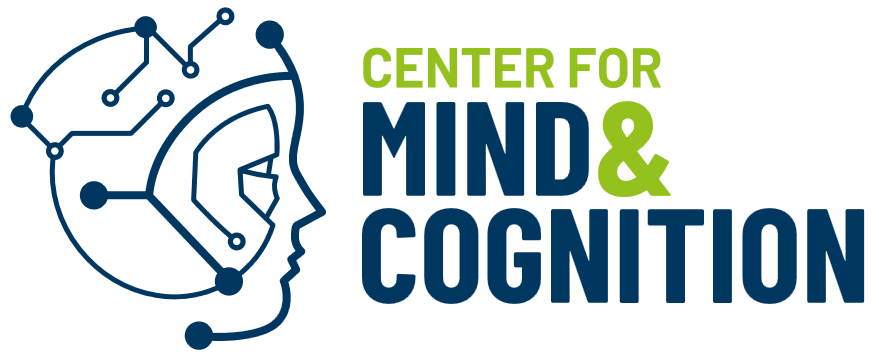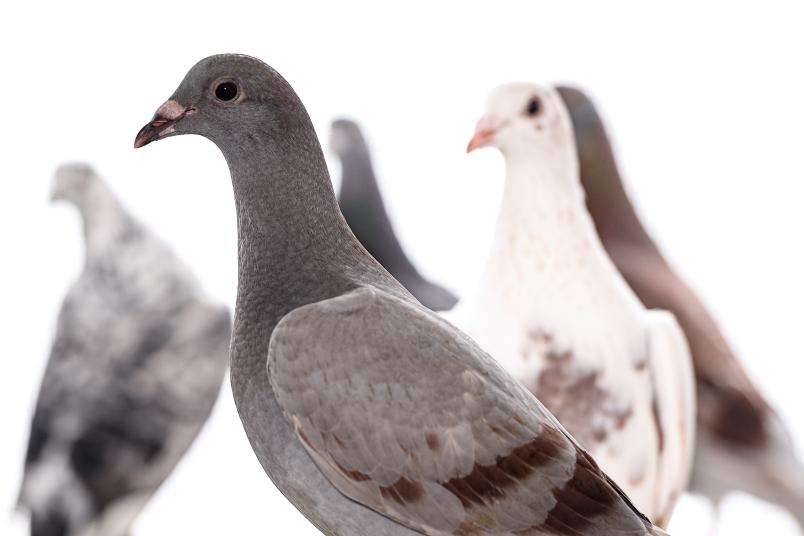A Small but Powerful Brain
Pigeons are hard-working learners. And quite clever. A stroke of luck for the Bochum biopsychologists, who, thanks to them, are making advances into the fundamental mechanisms of extinction learning.
A yellow square lights up. Peck! The pigeon hits the glowing square with its beak. Shortly after, a flap at its feet opens up and releases a food pellet, which disappears into its beak in an instant. With the aid of rewards of this kind, pigeons quickly learn to associate the reaction to an actually neutral stimulus such as the illuminated square with a positive outcome. The Biopsychology research group at Ruhr University Bochum, however, is above all interested in what happens when the birds have to relearn, i.e. if the yellow square suddenly no longer results in a reward. The mechanisms of this extinction learning are the focus of Collaborative Research Center 1280.
Unlike in many other experiments, Bochum biopsychologists Dr. Roland Pusch and Professor Onur Güntürkün work with birds instead of mice, rats, or humans. “We are studying an animal whose last shared ancestor with these three species lived 324 million years ago: the pigeon,” explains Onur Güntürkün. The reason for this is simple: Pusch and Güntürkün are searching for the fundamental components of extinction learning that should even be the same in species far distant from humans from an evolutionary perspective.
For full article, visit RUB News


